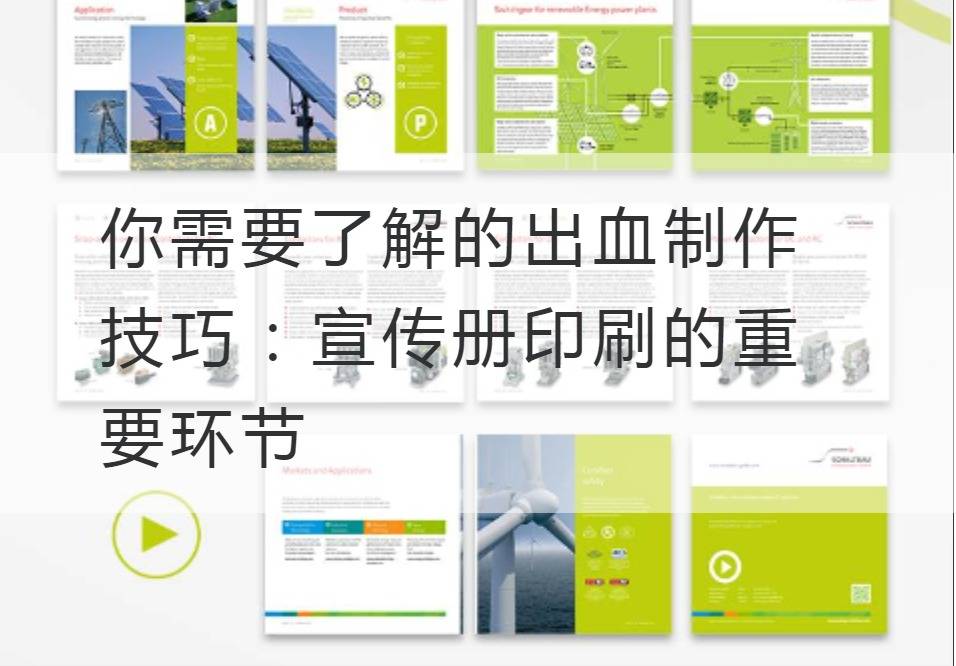Bleeding-making tips you need to know: An important part of brochure printing
Printing, at the heart of communications technology, is often seen as the thermometer of civilization. And in the printing art, bleeding production is the same, in various forms of brochure printing occupy an irreplaceable position. Today, I'm going to take you into the artistic torrent of bleeding production, deconstructing this highly modern and innovative palette.
Bleeding, a seemingly unremarkable technical term, plays a pivotal role in printing. In short, bleeding is a design technique that extends the image or color of the printed matter beyond the cutting line to ensure that the finished product has no white edges and the aesthetic integrity of the finished product.

It is a nuanced craft designed to enhance the visual quality of the finished product while maintaining overall integrity and coherence. It requires a high degree of skill, accurate calculations and sharp insight. Therefore, bleeding production in brochure printing is a core task, but also an art that needs to be deeply studied and practiced.
Several key steps should be followed for proper bleeding preparation. First, a minimum of 3 mm of expansion area should be reserved when designing bleeding to ensure image integrity during cutting. During the design phase, key elements should avoid contact with the bleeding area to avoid miscutting during shearing. In addition, the images used must be high resolution to ensure that they are still clear when extended to the edge.
Bleeding production, however, is not done overnight; it is a mutually nuanced construction process that requires patience, care and expertise. Every architect knows that the most beautiful looks cannot last without a solid frame. Similarly, without accurate bleeding production, no matter how gorgeous a brochure can seem ordinary.
That's all we need to know about bleeding production. It's a technology, it's an art. In the printing industry, both traditional type printing and modern full-color printing need to use bleeding production. It is an important part of the printing process and has a crucial impact on improving print quality, expanding coverage and enhancing visual effect.
As a printing technique, hemorrhagic production is very modern, but its roots go back to ancient times. This ancient craft rapidly evolved in modern hands to become what we know today as hemorrhagic production.
A good printer must dedicate himself to uncovering the mystery of bleeding production and mastering its art. Only in this way could he understand the true meaning of printing and create a truly engaging brochure.
In this era of information explosion, bleeding production has become the doorstep of the printing industry. So, as an industry practitioner or a colleague working side by side, are you ready to embrace this printing trend and work hard to improve your bleeding production skills? Let's go on thisBrochure Printingof discovery!
Recommended Reading:
How Mechanical Product Picture Book Design Affects Sales Power
Exploring the Secrets Behind the Design of Excellent Medical Products Album
Design ideas for product albums: The key to shaping the corporate image
Innovative design concepts: Create an excellent decoration group album design



